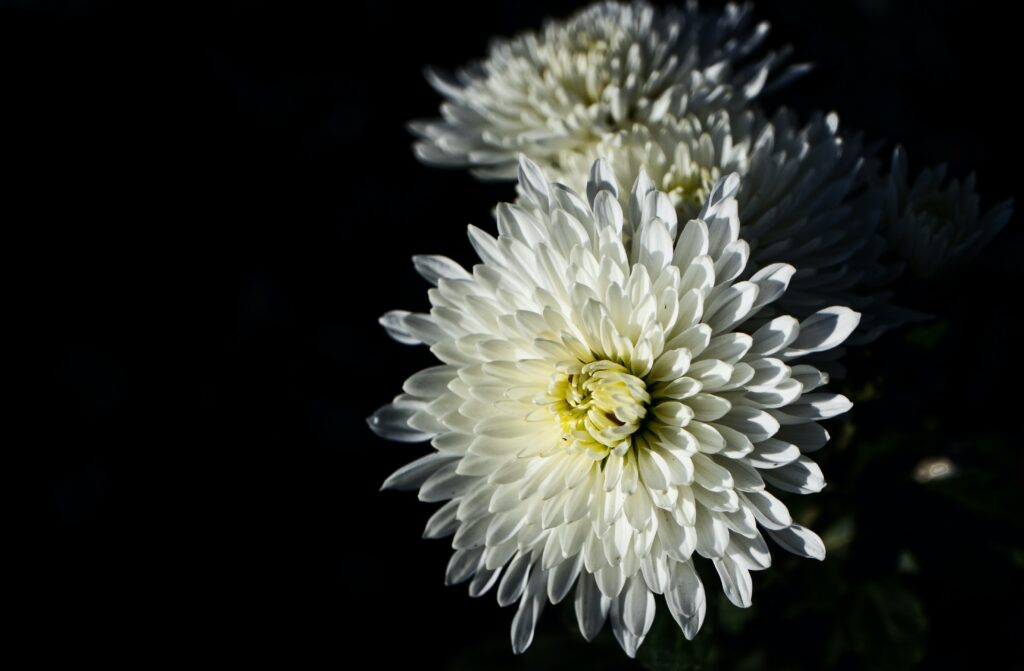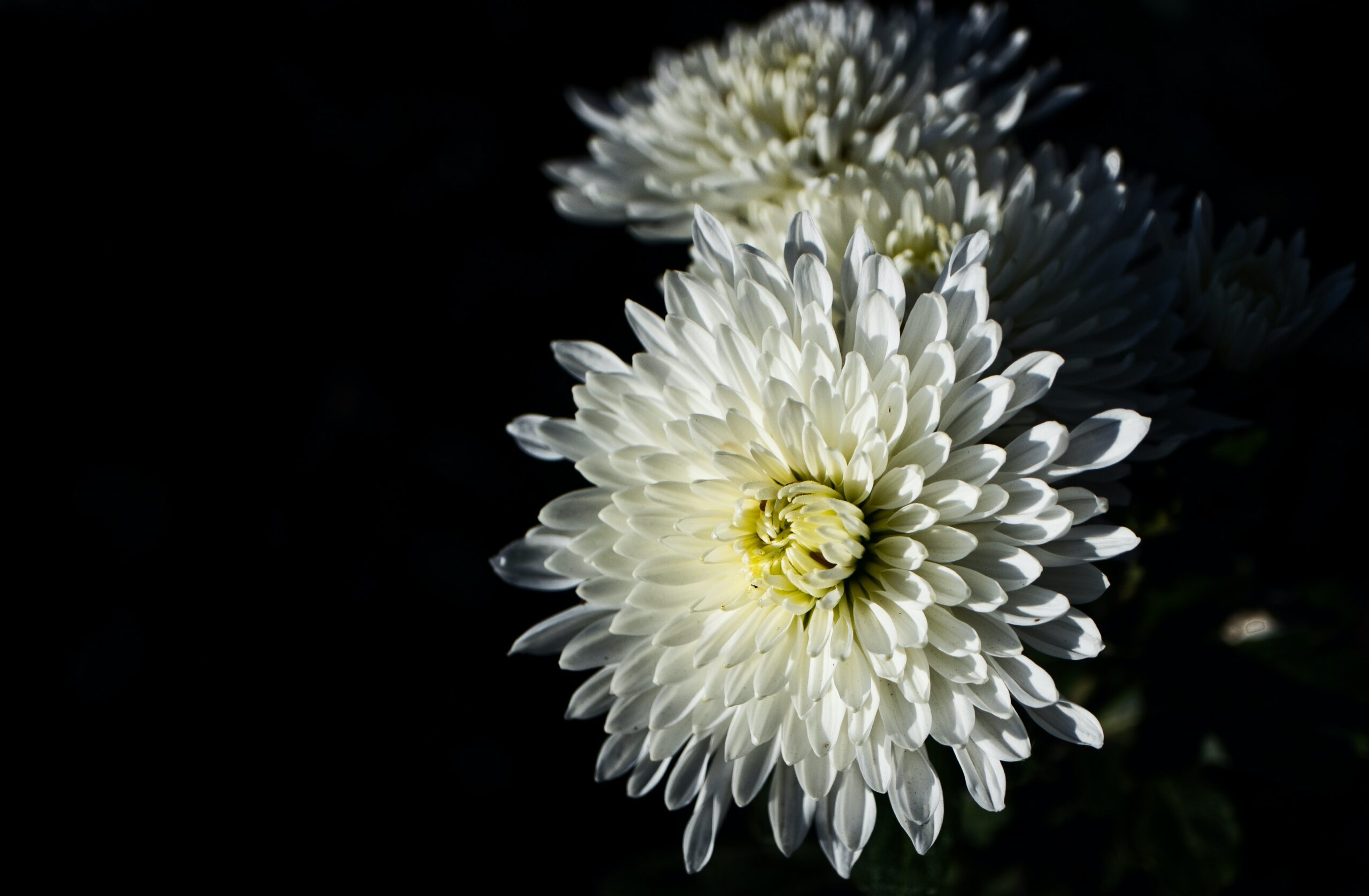「菊花開(きくのはなひらく)」は、日本の文化や季節感を象徴する重要な要素の一つです。この言葉は、菊の花が開花する瞬間を指していますが、その意味は単に花が咲くことだけでなく、季節の移り変わりや日本の美意識を表現しています。
日本では、特に秋になると菊花開の季節がやってきます。この時期には、多くの祭りや行事が開催され、美しく整えられた菊の花が展示されます。これらの花は、その美しさや色彩から、日本の美的価値観を象徴し、人々に楽しみと感銘を与えます。
菊花開は、日本文化の一部として、詩や文学、絵画、そして庭園デザインにも影響を与えています。古典的な日本の詩歌や俳句には、菊花開に触れることがよくあり、その美しさを称賛する言葉が詠まれています。
この季節が到来すると、日本の多くの人々は家族や友人と一緒に、公園や庭で菊花開の花々を楽しむために訪れます。また、日本の伝統的な茶道や華道においても、菊の花が大切な役割を果たします。
菊花開のシンボルは、日本の風景や文化における美しさと移り変わりを称賛するものとして、多くの人々に愛されています。

English Translation:
“Kiku no Hana Hiraku” – The Beauty of Chrysanthemum Blooms
“Kiku no Hana Hiraku” is a Japanese expression that symbolizes a vital element of Japanese culture and the sense of changing seasons. It refers to the moment when chrysanthemum flowers bloom, signifying not only the simple act of flowering but also representing the transition of seasons and Japan’s aesthetic sensibilities.
In Japan, the season of “Kiku no Hana Hiraku” predominantly arrives in the fall. During this time, numerous festivals and events are held, and meticulously arranged chrysanthemum flowers are displayed. These flowers symbolize Japan’s aesthetic values with their beauty and vibrant colors, offering delight and inspiration to people.
The concept of “Kiku no Hana Hiraku” influences various aspects of Japanese culture, including poetry, literature, painting, and garden design. Classic Japanese poems and haikus often touch upon the theme of chrysanthemum blooms, praising their beauty in words.
When this season comes, many in Japan visit parks or gardens with family and friends to enjoy the chrysanthemum blossoms. Moreover, chrysanthemum flowers hold significant roles in traditional Japanese tea ceremonies and Ikebana (flower arranging).
The symbol of “Kiku no Hana Hiraku” is cherished by many, celebrating the beauty and transitions within Japan’s landscape and culture.

コメント